Home>Gardening & Outdoor>Landscaping Ideas>How Soon To Cut Grass After Weed And Feed
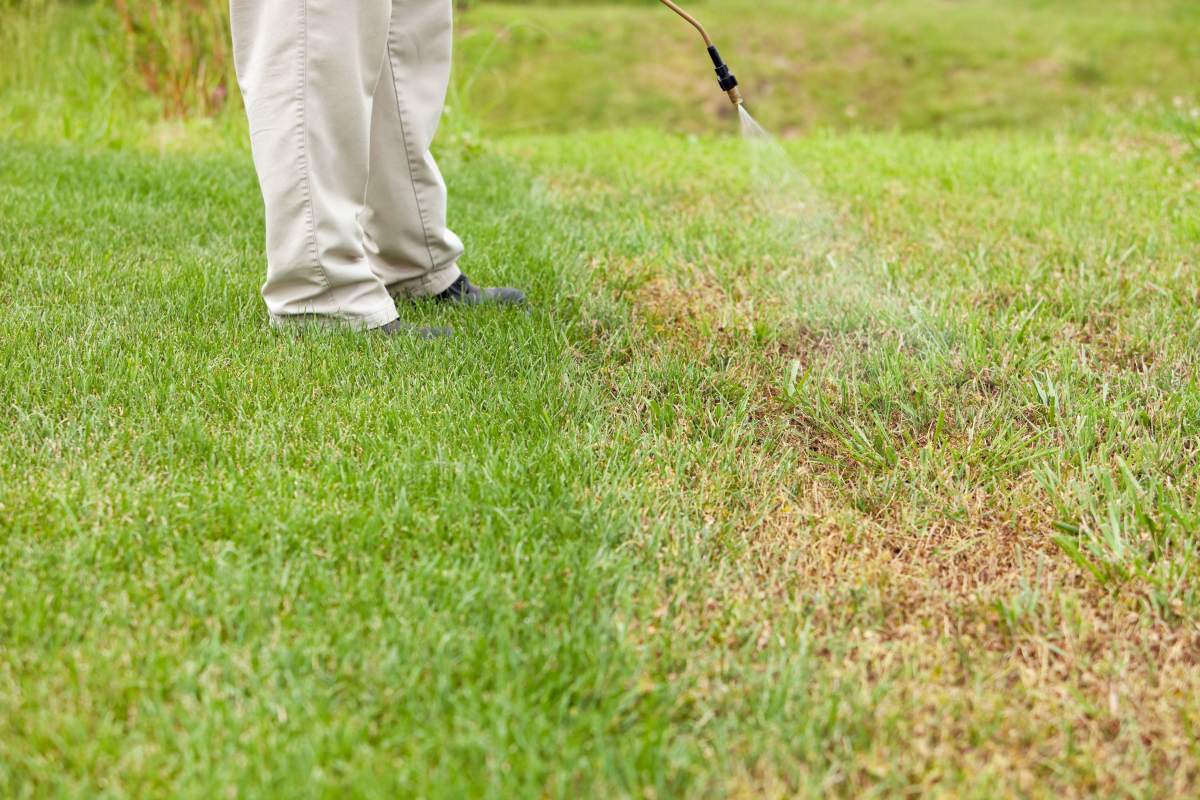

Landscaping Ideas
How Soon To Cut Grass After Weed And Feed
Modified: February 18, 2024
Find the best landscaping ideas for when to cut grass after weed and feed. Learn expert tips for a lush, healthy lawn.
(Many of the links in this article redirect to a specific reviewed product. Your purchase of these products through affiliate links helps to generate commission for Storables.com, at no extra cost. Learn more)
Introduction
So, you've just completed the essential task of applying weed and feed to your lawn. You're probably wondering, "How soon can I cut the grass after weed and feed?" It's a common question among homeowners who strive to maintain a lush, healthy lawn. Understanding the proper timing for mowing your grass after applying weed and feed is crucial to ensure the best results for your lawn care efforts.
In this comprehensive guide, we'll delve into the intricacies of weed and feed application and explore the factors that influence the timing of grass cutting. We'll also provide valuable insights into the ideal time to mow your lawn after applying weed and feed, along with practical tips to optimize the process. By the end of this article, you'll have a clear understanding of the best practices for maintaining a vibrant, weed-free lawn while keeping your grass perfectly manicured.
Let's embark on this journey to uncover the secrets of post-weed-and-feed grass cutting, and equip ourselves with the knowledge to nurture a thriving, picture-perfect lawn.
Key Takeaways:
- Wait at least 2-3 days after weed and feed application before mowing to let the herbicides work and the grass absorb nutrients for optimal growth.
- Adjust mower height, sharpen blades, and mow when grass is dry to ensure a healthy, vibrant lawn post-weed-and-feed application.
Read more: When To Cut Grass After Weed And Feed
Understanding Weed and Feed
Weed and feed products are a popular choice for maintaining a healthy lawn while combating the presence of weeds. These products typically consist of a combination of herbicides to control weeds and fertilizers to nourish the grass. When applied correctly, weed and feed can effectively target broadleaf weeds, such as dandelions and clover, while providing essential nutrients to promote the growth and vitality of the grass.
The herbicides in weed and feed formulations work by targeting the unwanted weeds in the lawn, disrupting their growth processes and ultimately leading to their decline. Meanwhile, the fertilizers contribute crucial nutrients, such as nitrogen, phosphorus, and potassium, which are essential for the overall health and resilience of the grass. By addressing weed infestations and providing nourishment to the grass in a single application, weed and feed products offer a convenient and comprehensive solution for lawn care.
It is important to note that different weed and feed products may have varying application instructions and specific formulations tailored to different types of grass and weed species. Therefore, it is advisable to carefully read and follow the manufacturer’s guidelines to ensure the safe and effective use of the product.
Now that we have a foundational understanding of weed and feed products and their role in maintaining a flourishing lawn, let’s explore the key considerations that come into play when determining the optimal timing for cutting the grass after applying weed and feed.
Factors to Consider Before Cutting Grass
Before firing up the lawnmower after applying weed and feed, it’s essential to take into account several crucial factors that can impact the health and appearance of your lawn. Understanding these factors will enable you to make informed decisions and adopt the most suitable approach for mowing your grass post-weed-and-feed application.
- Weather Conditions: The prevailing weather conditions play a significant role in determining the ideal timing for cutting the grass after applying weed and feed. If the weather is excessively hot and dry, it’s advisable to postpone mowing to prevent additional stress on the grass. Conversely, if the weather is mild and conducive to grass growth, it may be appropriate to proceed with mowing.
- Grass Health: Assess the overall health of your grass before mowing. If the grass is showing signs of stress or discoloration following the application of weed and feed, it may be prudent to allow additional time for recovery before mowing. Healthy, vigorously growing grass is better equipped to withstand the mowing process.
- Weed Control: Consider the effectiveness of the weed control aspect of the weed and feed application. If the herbicides have begun to take effect on the targeted weeds, allowing them additional time to weaken and deteriorate before mowing can contribute to more successful weed eradication.
- Fertilizer Absorption: The fertilizers in weed and feed products require time to be absorbed by the grass and utilized for growth and nourishment. Allowing the grass adequate time to benefit from the fertilizers can enhance its resilience and overall health, making it more resilient to the mowing process.
- Lawn Mower Condition: Ensure that your lawn mower is in optimal working condition before mowing the grass. Dull blades or mechanical issues can result in uneven cuts and potential damage to the grass, especially when it may be in a vulnerable state post-weed-and-feed application.
By carefully considering these factors, you can make an informed decision regarding the timing of grass cutting after applying weed and feed, ultimately contributing to the long-term health and beauty of your lawn.
Wait at least 2-3 days before cutting the grass after applying weed and feed. This allows the product to be absorbed by the weeds and the grass to recover from any stress.
The Ideal Time to Cut Grass After Weed and Feed
After applying weed and feed to your lawn, it’s natural to anticipate when you can proceed with mowing to maintain the desired grass length while ensuring the effectiveness of the weed and feed application. The ideal timing for cutting the grass after weed and feed largely depends on the specific product used, the prevailing weather conditions, and the overall health of the grass. Here are some general guidelines to help determine the optimal time for mowing your lawn post-weed-and-feed treatment:
- Wait at least 2-3 Days: In most cases, it is advisable to wait at least 2-3 days after applying weed and feed before mowing the grass. This waiting period allows the herbicides to take effect on the weeds and the fertilizers to be absorbed by the grass, promoting optimal growth and resilience.
- Observe Weather Conditions: Take into account the prevailing weather conditions when deciding on the timing of grass cutting. If the weather is excessively hot and dry, delaying the mowing process can prevent added stress on the grass. Conversely, if the weather is mild and conducive to grass growth, it may be suitable to proceed with mowing after the initial waiting period.
- Assess Grass Health: Evaluate the overall health and vigor of the grass before mowing. If the grass appears stressed or shows signs of discoloration following the weed and feed application, it may be beneficial to allow additional time for recovery before mowing. Healthy, resilient grass is better equipped to withstand the mowing process.
- Consider Herbicide Activity: Monitor the activity of the herbicides on the targeted weeds. Allowing sufficient time post-application enables the herbicides to effectively weaken and deteriorate the weeds, enhancing the success of weed control efforts when mowing the grass.
By considering these factors and adhering to the recommended waiting period, you can strike a balance between maintaining the desired grass length and allowing the weed and feed products to fulfill their intended purposes, ultimately contributing to the overall health and aesthetics of your lawn.
Tips for Cutting Grass After Weed and Feed
When it comes to mowing your lawn after applying weed and feed, employing the right techniques and strategies can make a substantial difference in the overall health and appearance of your grass. Here are some valuable tips to ensure a successful grass cutting process post-weed-and-feed application:
- Adjust Mower Height: Set your lawn mower to a suitable cutting height that allows you to remove no more than one-third of the grass blade length at a time. This practice helps prevent stress on the grass and promotes healthy regrowth.
- Sharpen Mower Blades: Ensure that your lawn mower blades are sharp to achieve clean, precise cuts. Dull blades can tear the grass, leading to a ragged appearance and increased susceptibility to diseases.
- Mow When Grass is Dry: Aim to mow the lawn when the grass is dry to achieve a more even cut and prevent clumping of grass clippings, which can hinder the absorption of nutrients and sunlight.
- Alternate Mowing Patterns: Vary the direction in which you mow your lawn with each mowing session. This practice helps prevent soil compaction and encourages upright grass growth.
- Leave Grass Clippings: Consider leaving grass clippings on the lawn after mowing, as they can decompose and return valuable nutrients to the soil, acting as a natural fertilizer.
- Maintain Mower Maintenance: Regularly maintain your lawn mower by cleaning the undercarriage, changing the oil, and replacing air filters as recommended by the manufacturer. A well-maintained mower contributes to a more effective and efficient mowing process.
By implementing these tips, you can optimize the grass cutting process after applying weed and feed, fostering the health and vibrancy of your lawn while reaping the full benefits of the weed and feed application.
Conclusion
As we conclude our exploration of the optimal timing for cutting grass after applying weed and feed, it is evident that a thoughtful and strategic approach is essential for maintaining a healthy and visually appealing lawn. By understanding the dynamics of weed and feed products, considering key factors before mowing, and adhering to recommended guidelines, you can effectively navigate the post-weed-and-feed grass cutting process while maximizing the benefits of your lawn care efforts.
It is crucial to recognize that the ideal timing for mowing your lawn after weed and feed application may vary based on specific product instructions, grass type, and environmental conditions. Therefore, staying informed about the particularities of your lawn and being attentive to its needs are fundamental to achieving optimal results.
By incorporating the recommended waiting period, assessing grass health, and employing best practices for grass cutting, you can strike a harmonious balance between maintaining the desired grass length and allowing the weed and feed products to fulfill their intended purposes. This approach ultimately contributes to the overall health, resilience, and aesthetic appeal of your lawn, setting the stage for a lush and vibrant outdoor space that you can enjoy year-round.
As you embark on your lawn care journey, remember that patience, attentiveness, and a proactive mindset are your allies in nurturing a thriving, weed-free lawn. By leveraging the knowledge and insights shared in this guide, you are well-equipped to make informed decisions and cultivate a stunning landscape that becomes the envy of the neighborhood.
So, the next time you ponder the question, “How soon can I cut the grass after weed and feed?” you can confidently apply your newfound expertise and embark on the mowing process, knowing that you are fostering the well-being of your lawn with every precise pass of the mower.
Frequently Asked Questions about How Soon To Cut Grass After Weed And Feed
Was this page helpful?
At Storables.com, we guarantee accurate and reliable information. Our content, validated by Expert Board Contributors, is crafted following stringent Editorial Policies. We're committed to providing you with well-researched, expert-backed insights for all your informational needs.
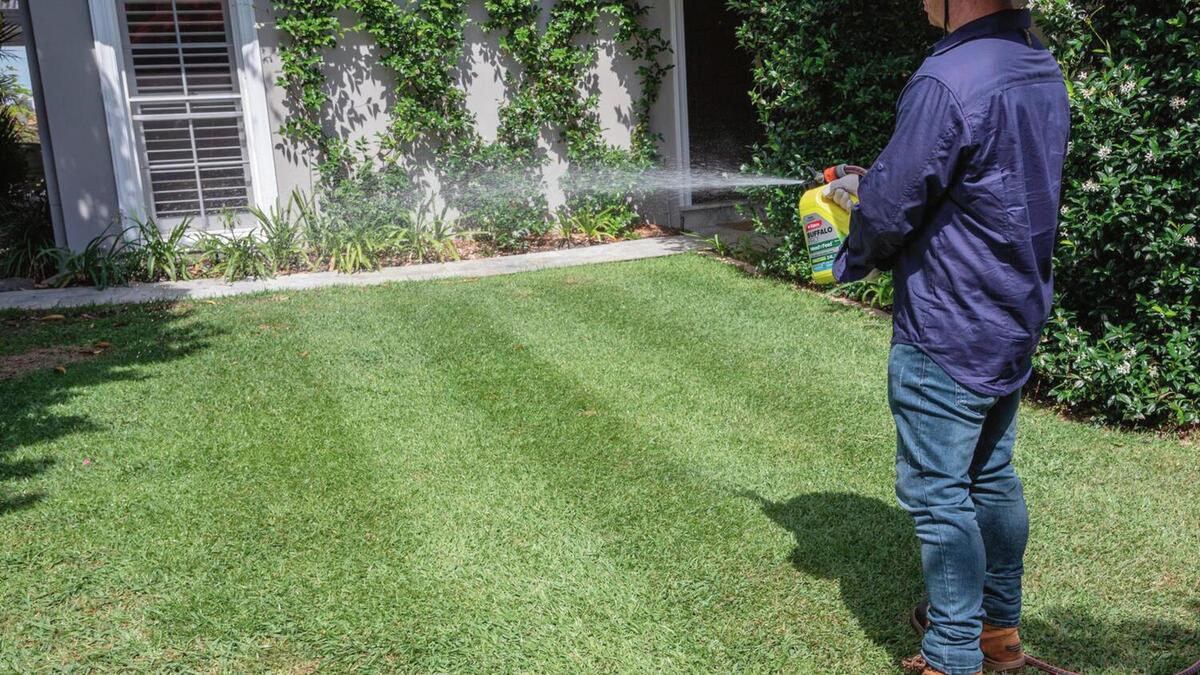
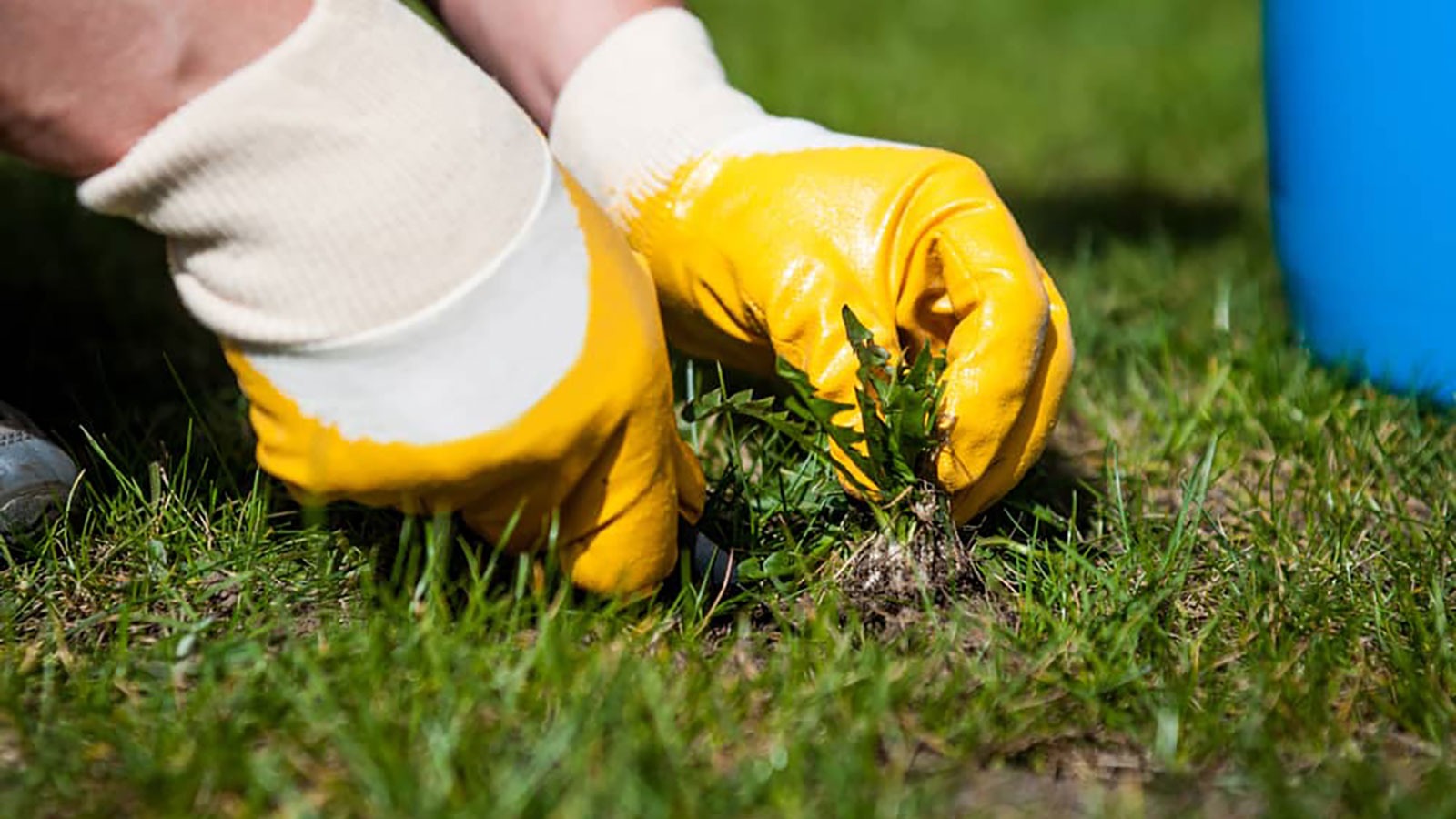
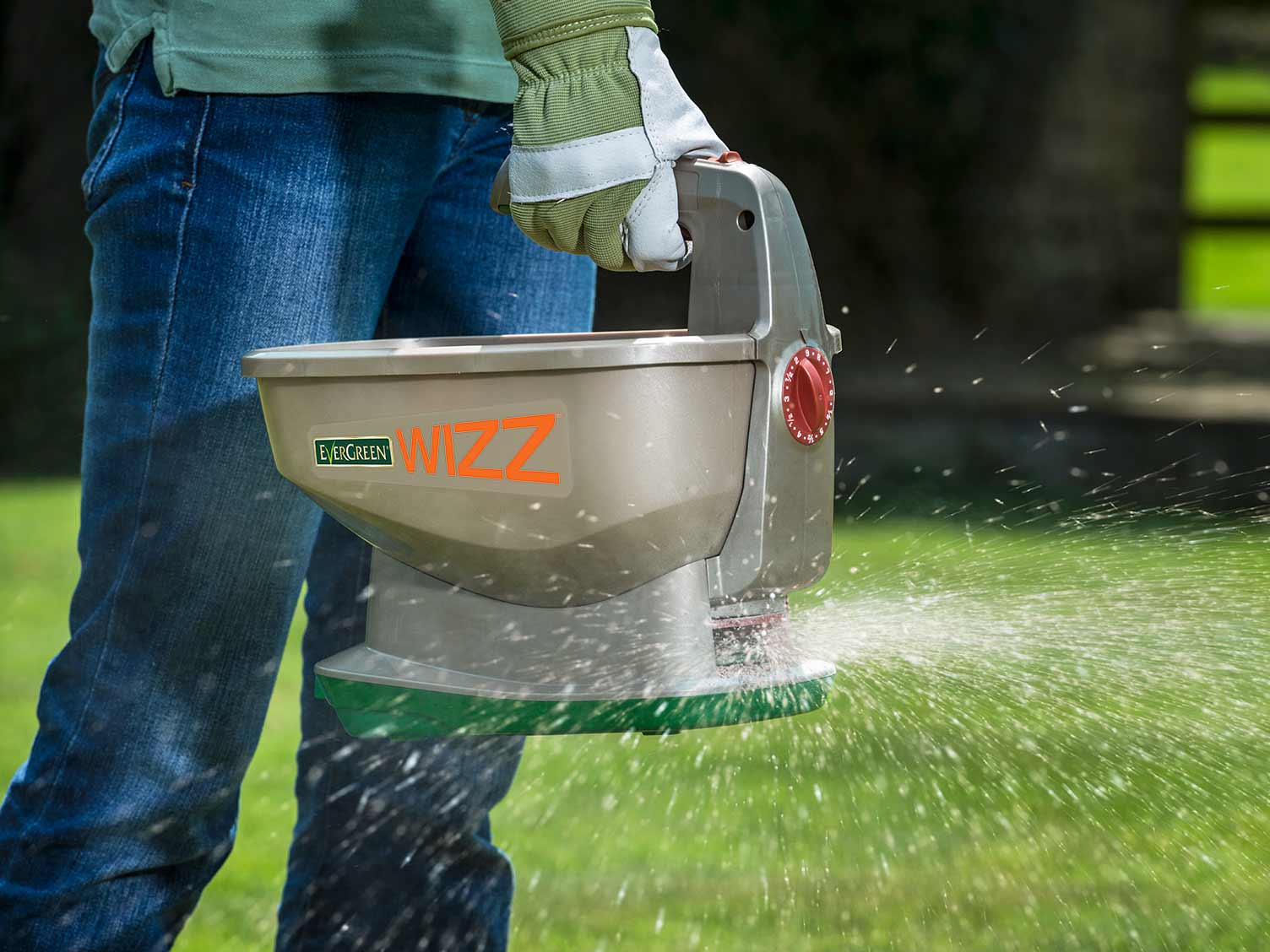
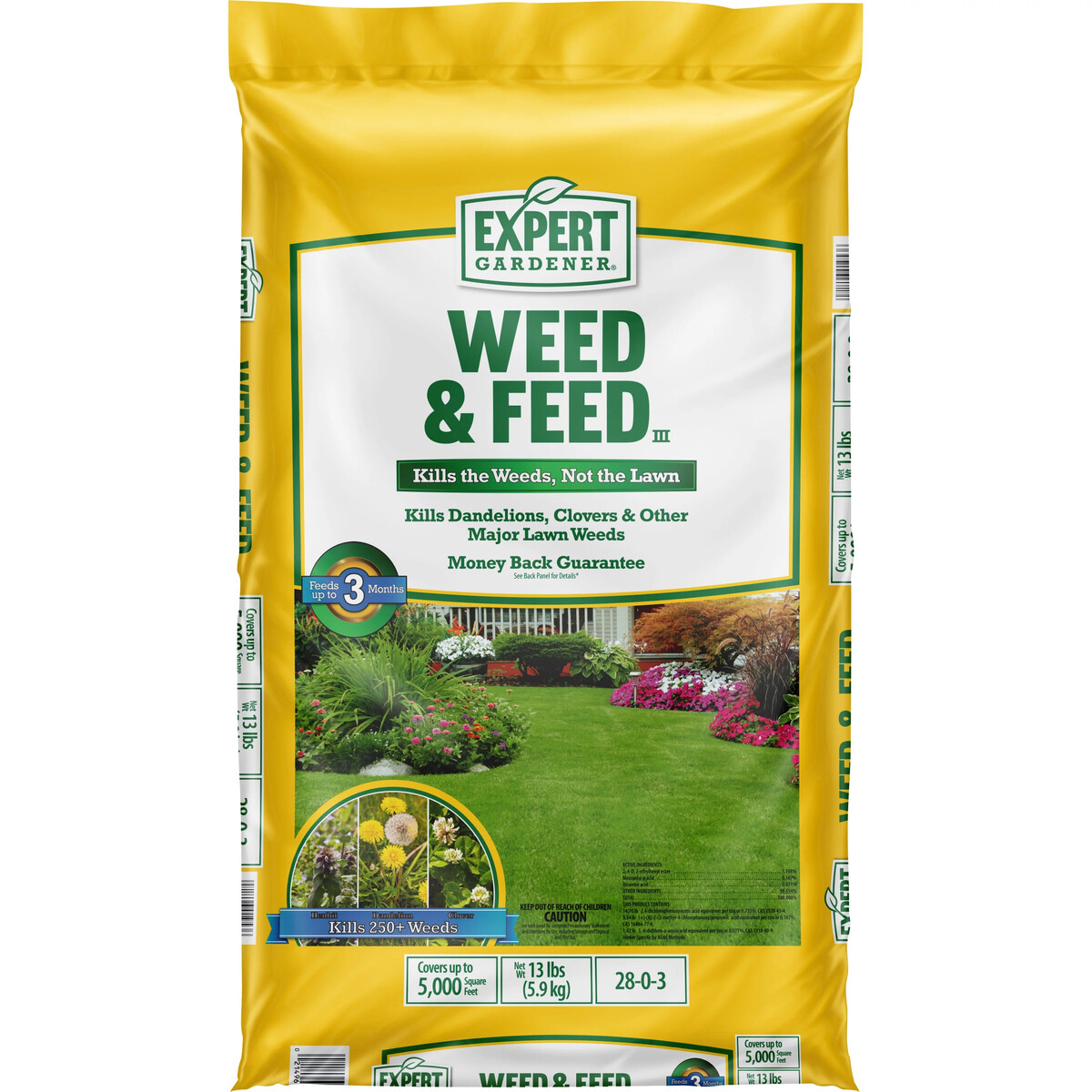
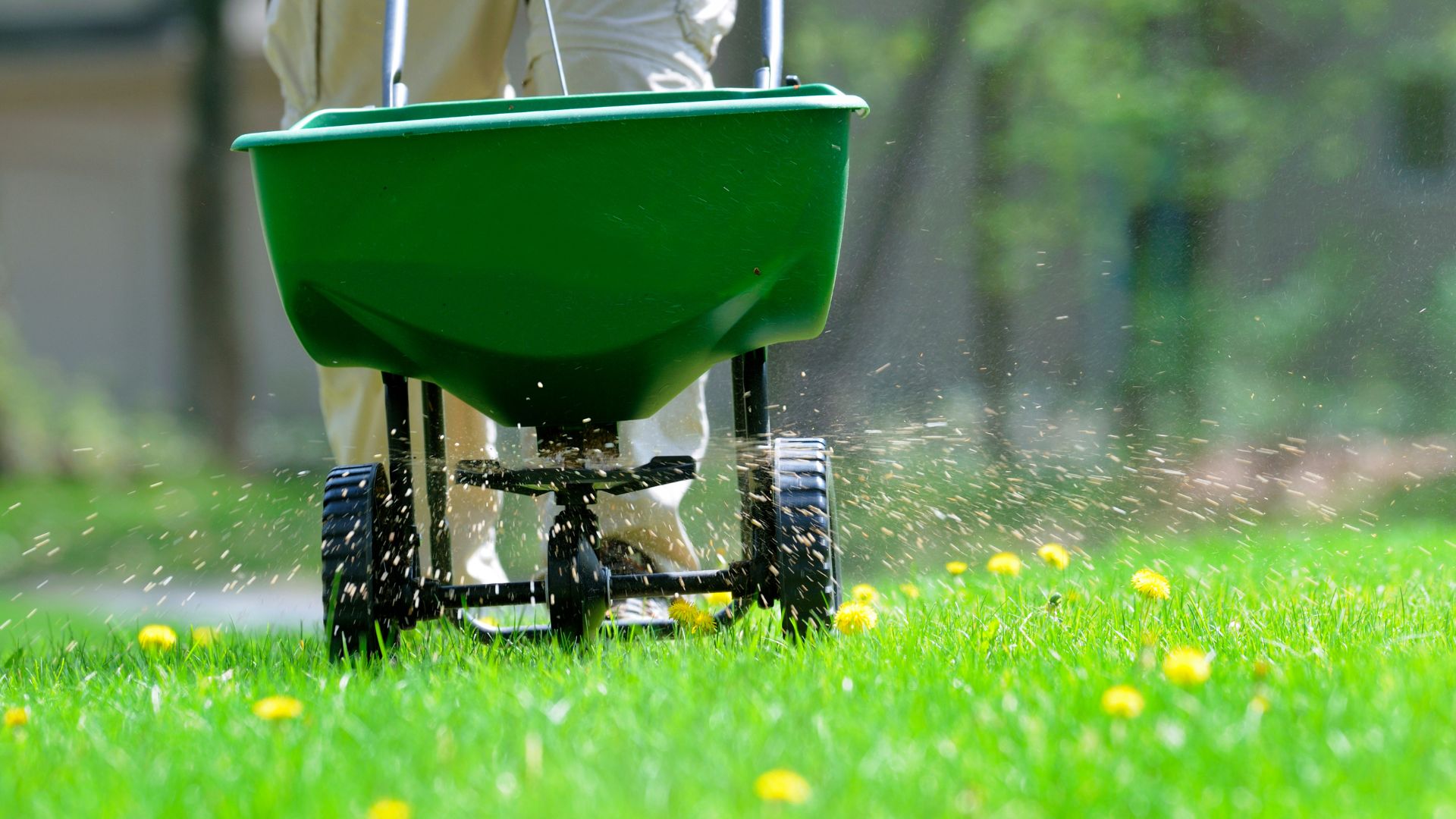
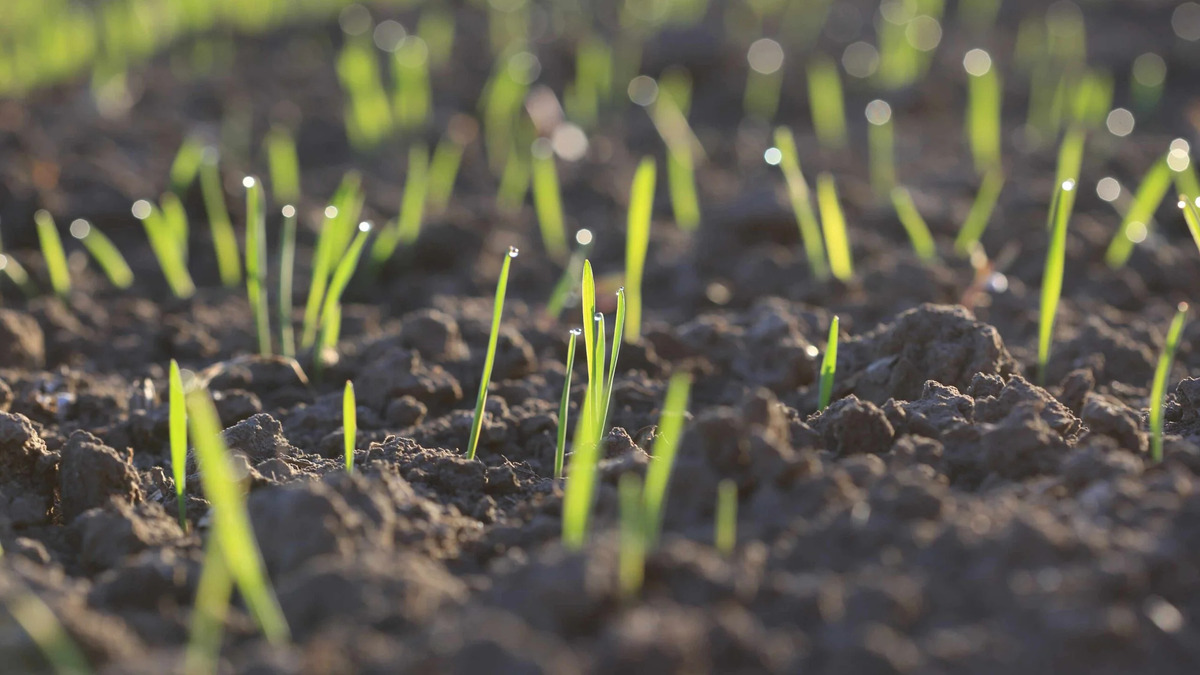
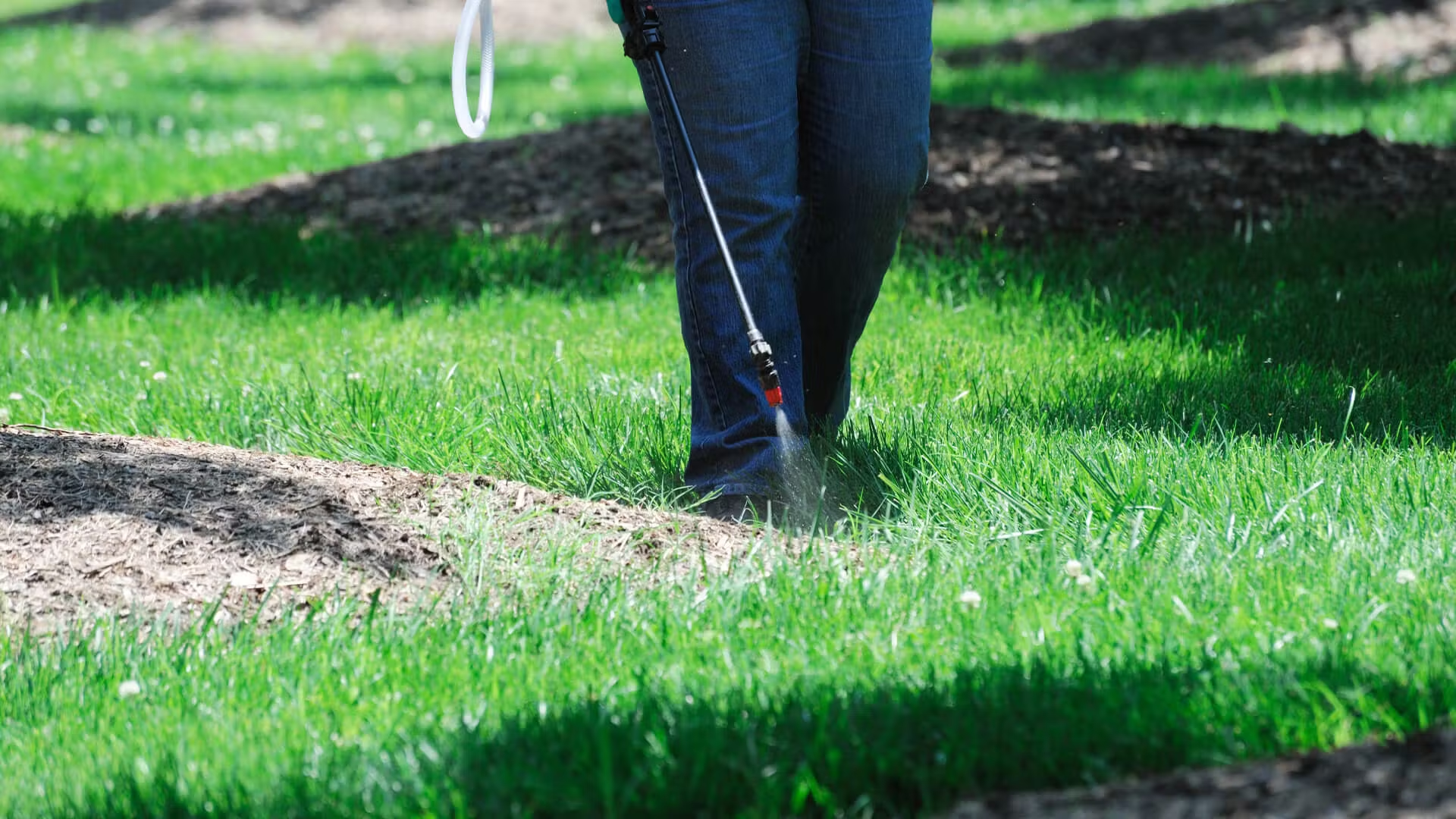
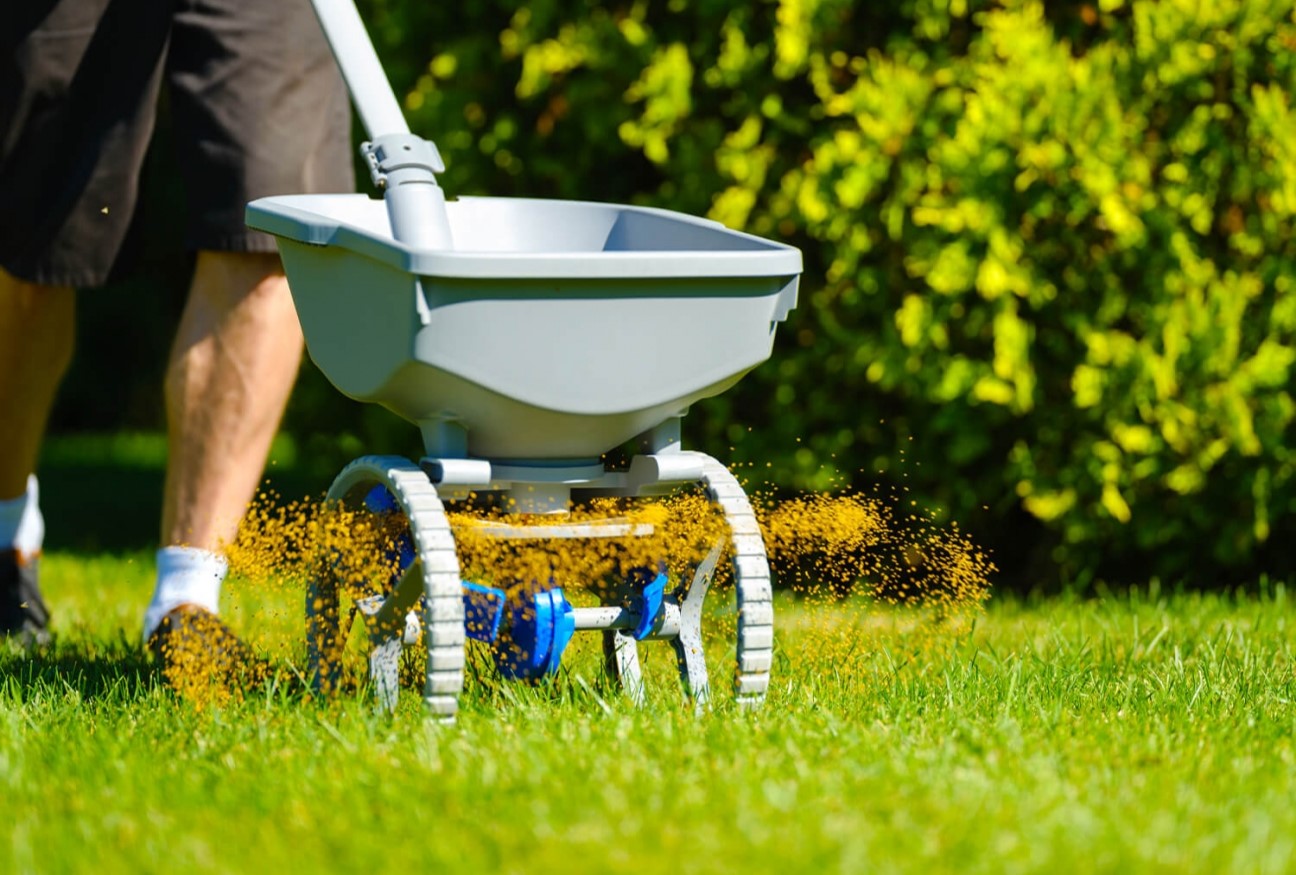
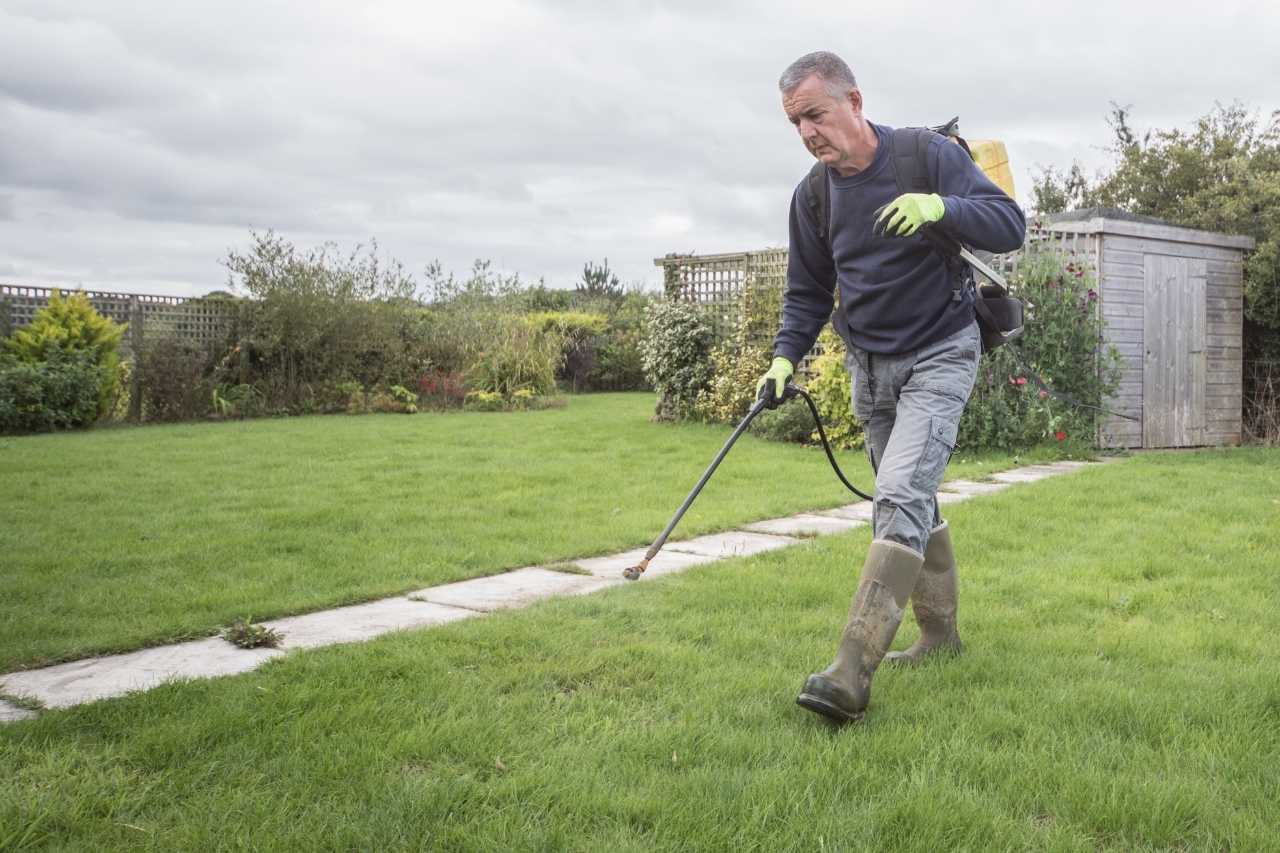
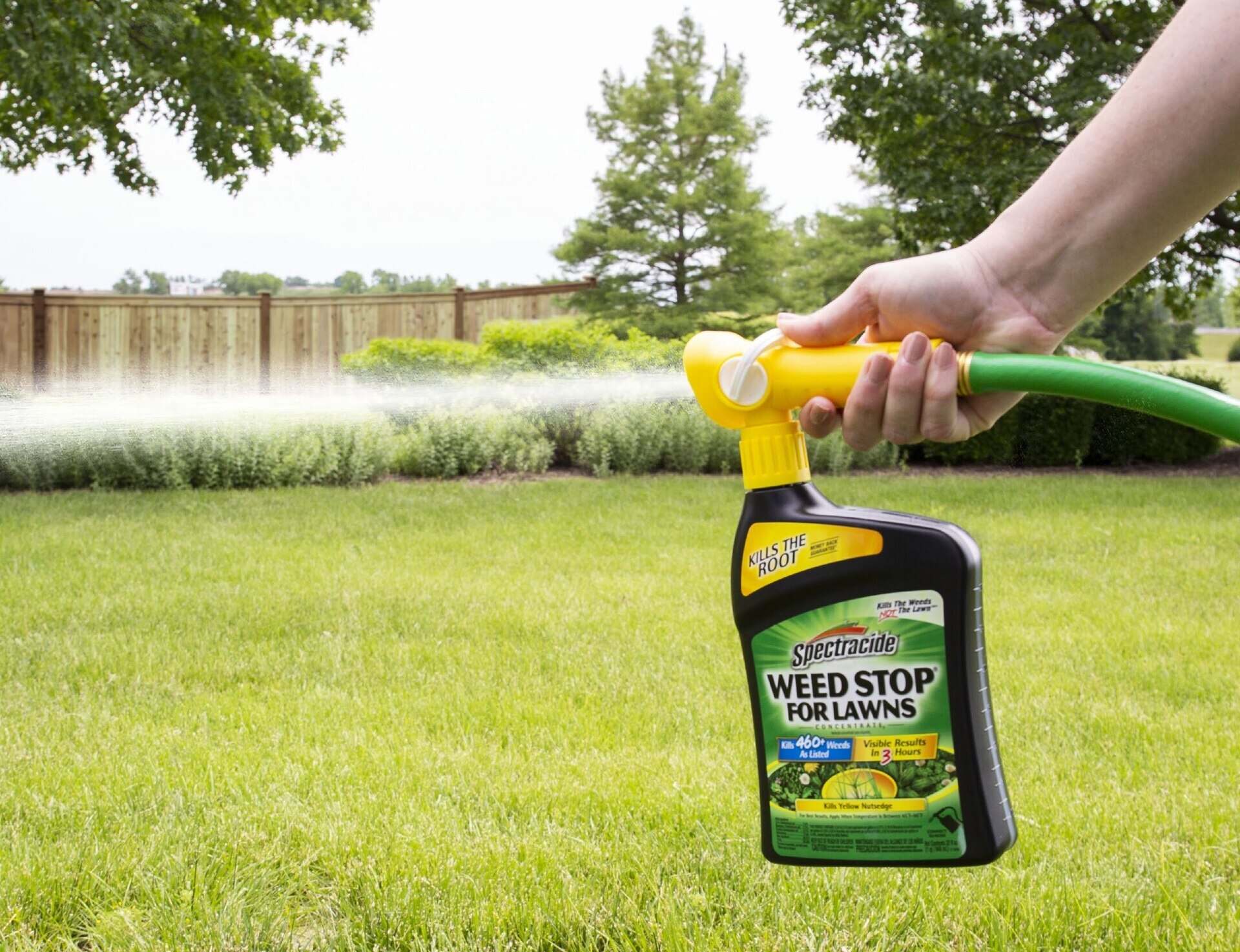
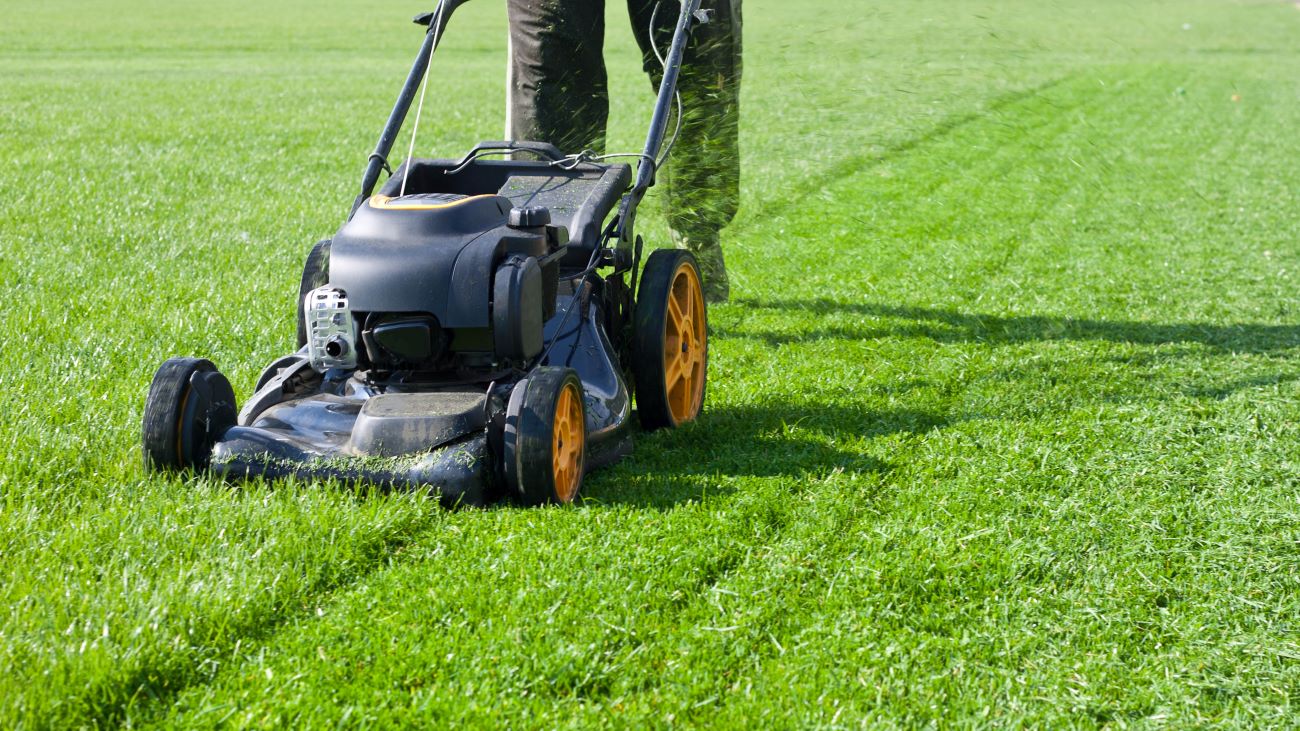
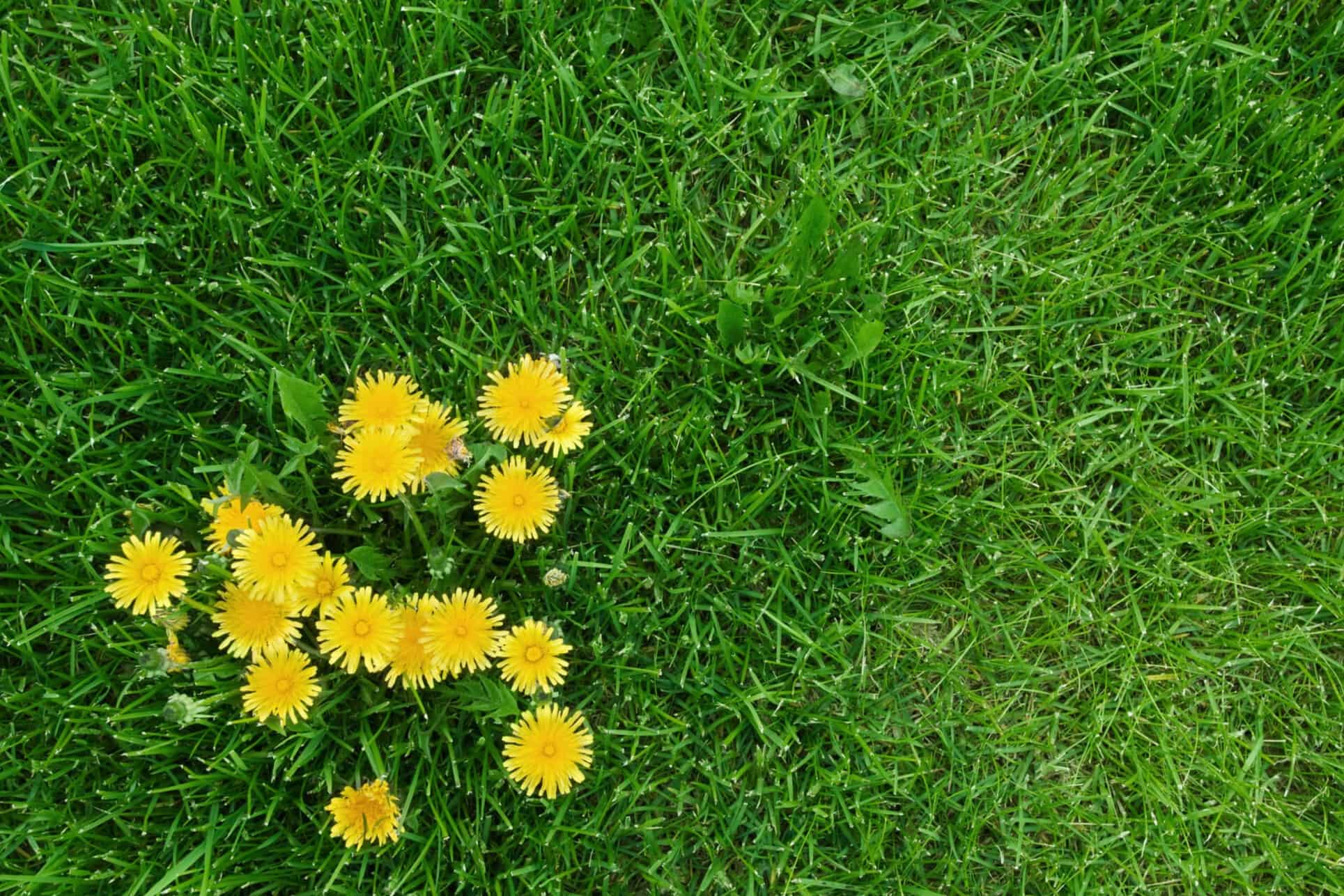
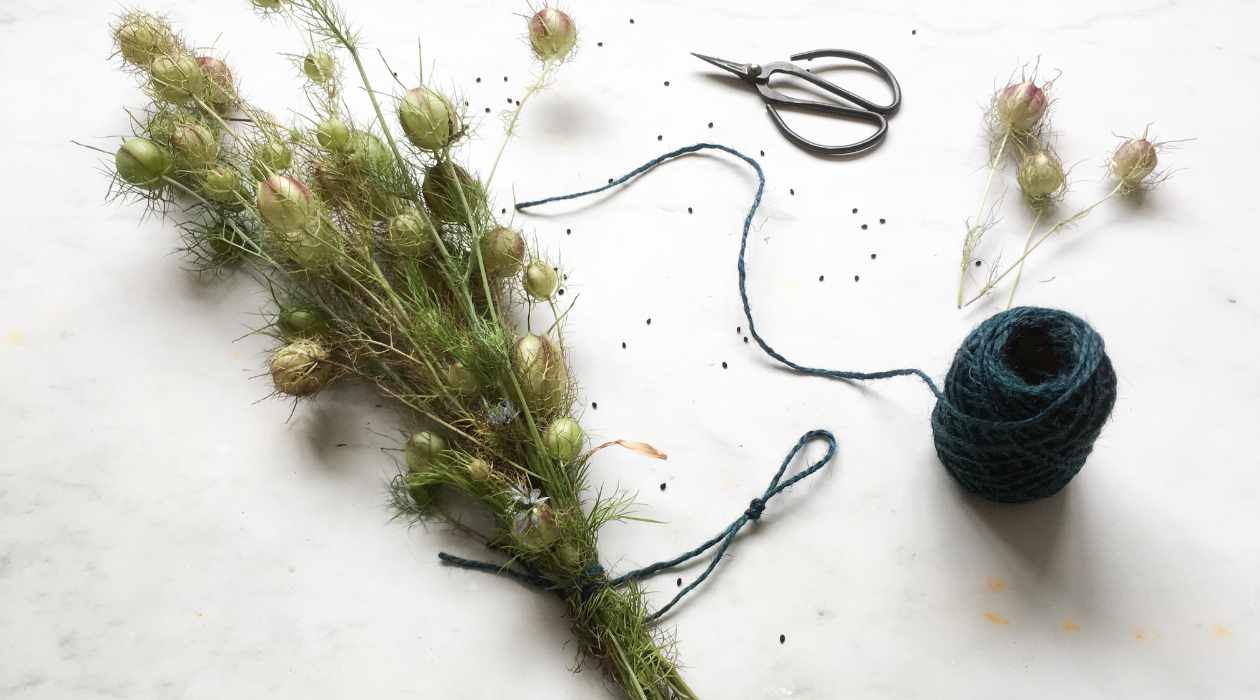
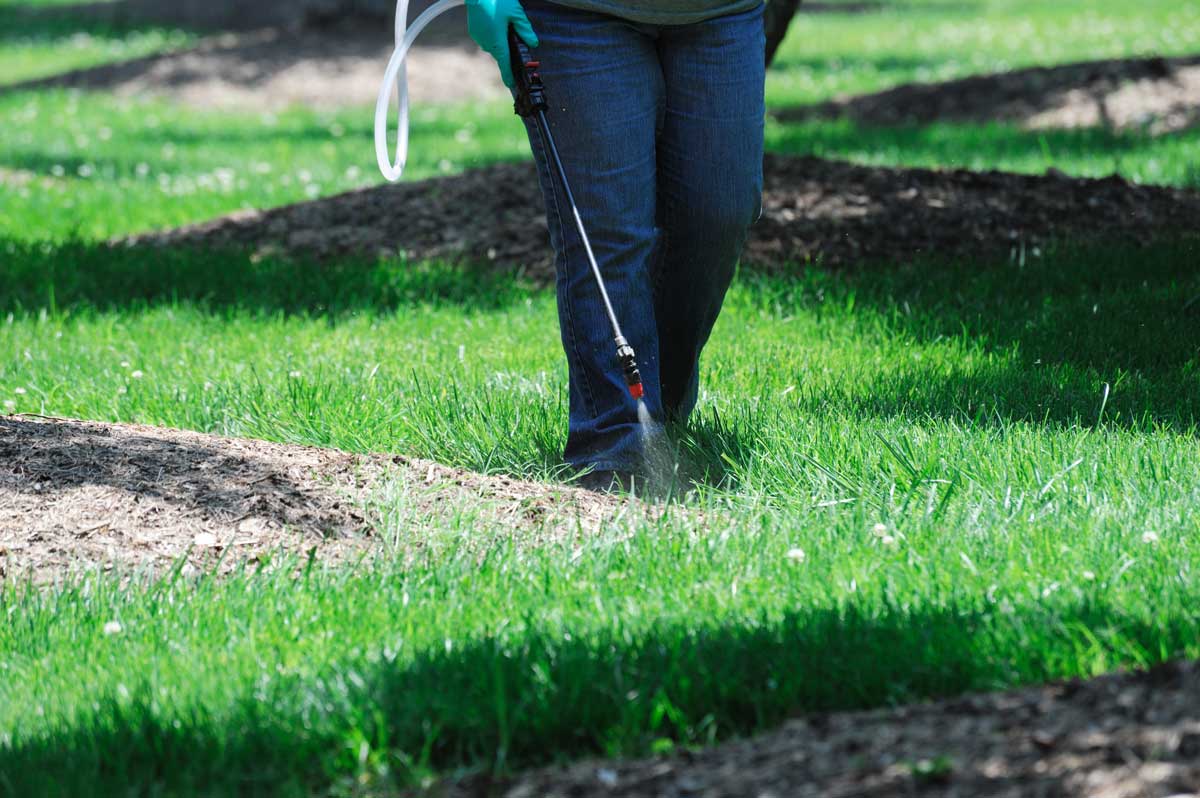

0 thoughts on “How Soon To Cut Grass After Weed And Feed”